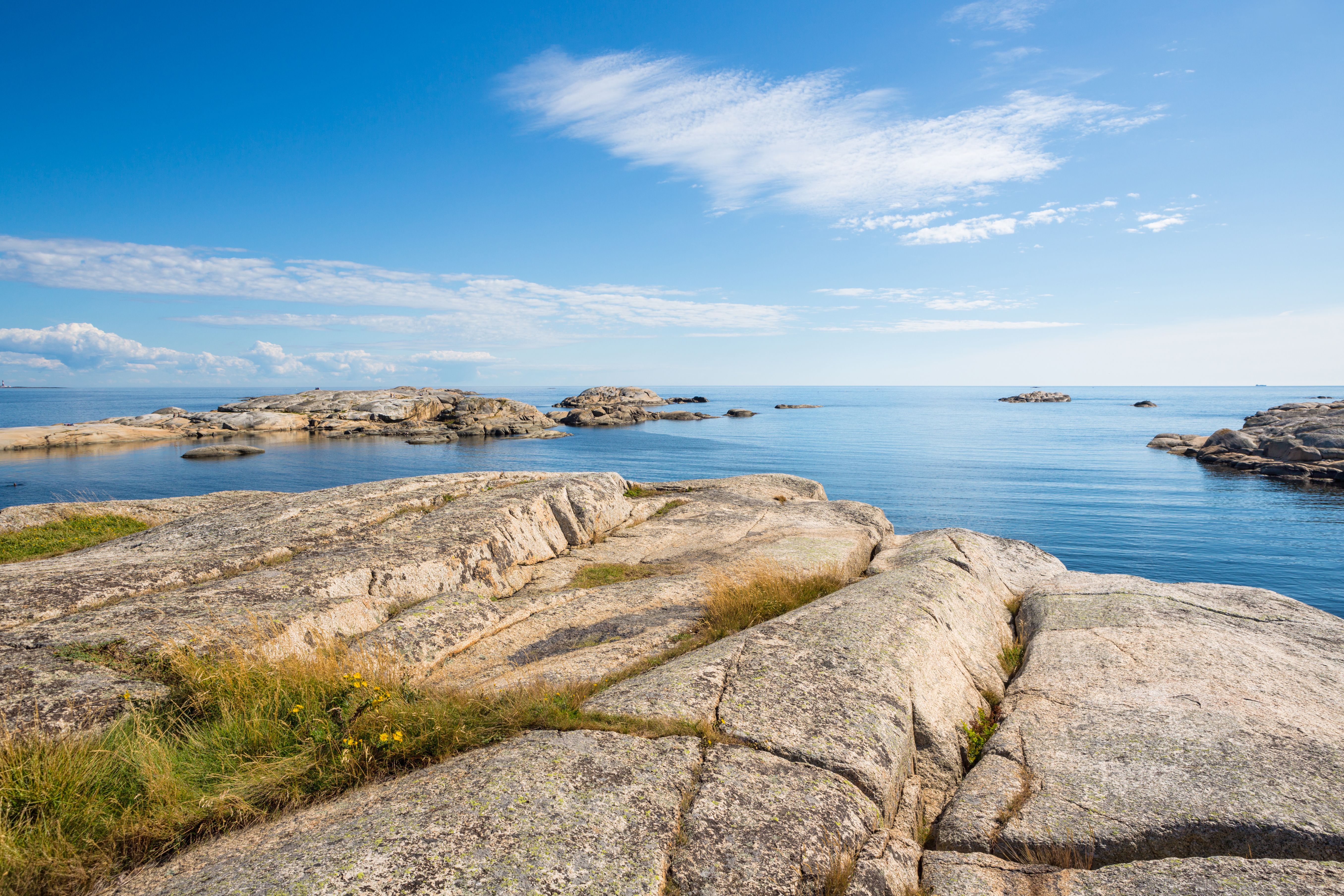Navigating the Edible Seaweeds of Norway: Identification and Harvesting Practices
Norway's extensive coastline is not only a stunning landscape but also a rich source of natural resources, including a variety of edible seaweeds. These marine plants have been part of the local diet for centuries, offering a unique blend of flavors and nutritional benefits. This blog post will guide you through the identification and harvesting practices of Norway's edible seaweeds, ensuring a sustainable approach to enjoying these coastal treasures.

Understanding Edible Seaweeds
Seaweeds can be broadly categorized into three main types: red, brown, and green. Each category includes specific species that are safe for consumption and offer distinct tastes and textures. In Norway, commonly harvested edible seaweeds include dulse (red), sugar kelp (brown), and sea lettuce (green). Recognizing these types is crucial for a successful foraging experience.
Red Seaweeds
Red seaweeds, such as dulse, are known for their reddish-purple hue and soft texture. Dulse is particularly popular due to its savory taste and is often used in soups or as a seasoning. To identify dulse, look for flat, fan-shaped fronds that can grow up to 50 cm long.
Brown Seaweeds
Sugar kelp is a type of brown seaweed with a sweet flavor, making it a favorite among Norwegian foragers. Its long, ribbon-like blades can grow several meters in length. The blades are typically smooth with a slightly wavy edge, making sugar kelp relatively easy to spot along Norway's rocky shores.

Green Seaweeds
Sea lettuce is a common green seaweed found in Norway. As its name suggests, it resembles leafy green vegetables and can be used similarly in salads or wraps. Sea lettuce has thin, translucent fronds that vary in shades of bright green. It is often found in intertidal zones attached to rocks or floating freely.
Harvesting Practices
Sustainable harvesting is essential to preserve Norway's rich marine ecosystems. When collecting seaweeds, it's important to follow best practices to ensure minimal environmental impact. Here are some key guidelines:
- Only take what you need: Harvesting small quantities helps maintain the natural balance of the ecosystem.
- Use scissors or a knife: Cutting seaweed instead of pulling prevents damage to the holdfasts, allowing them to regrow.
- Avoid harvesting from polluted areas: Ensure the water quality is safe, as seaweeds absorb contaminants from their environment.

Legal Considerations
Before heading out to forage, it's crucial to understand the local regulations regarding seaweed harvesting. In some areas of Norway, permits may be required, or specific locations might be protected to conserve biodiversity. Checking with local authorities or environmental organizations can provide clarity on these regulations.
By respecting these guidelines and regulations, foragers can enjoy the unique flavors and nutritional benefits of Norway's edible seaweeds while contributing to the conservation of its marine environments. Whether you're a seasoned forager or new to the world of edible seaweeds, the Norwegian coast offers an array of opportunities to explore and enjoy these natural resources sustainably.
